Historic Preservation and Tourism at Williamsburg
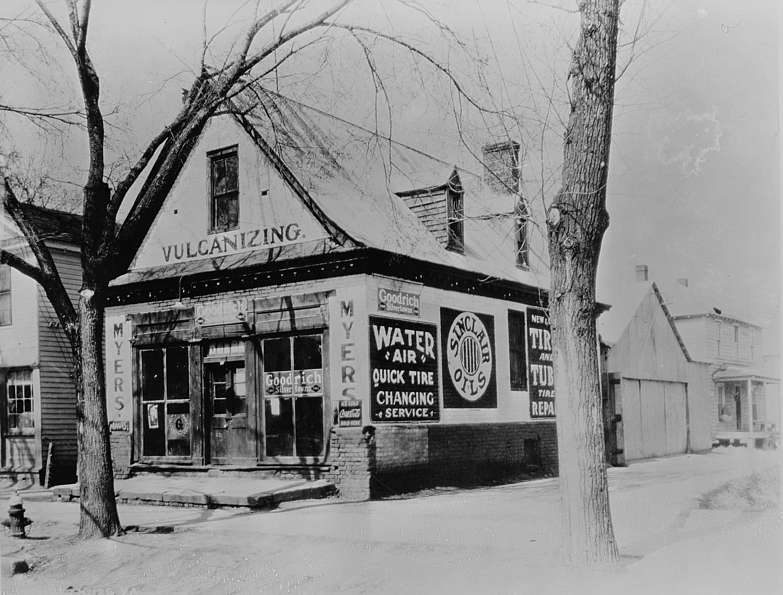
barber and peruke maker's shop in 1943, before restoration
Source: Library of Congress, Williamsburg, Virginia. The capitol of the Virginia colony during the eighteenth century which was reconstructed and restored to its original state by John D. Rockefeller Jr.
Williamsburg became the second and last capital of the Virginia colony in 1699. The statehouse at Jamestown burned again in 1698, and the General Assembly finally concurred with the royal governor's recommendation to move the capital away from the swamplands.
The new location had developed initially in the 1630's as Middle Plantation. The "middle" reflected the location on the watershed divide, halfway between the York and James rivers. First settlement occurred after the General Assembly decide to build a wall across the lower end of the Peninsula and limiting Native Americans access to the settlements there. The wall was intended to provide additional protection against another uprising led by Opechancanough, which had occurred in 1622.1
The General Assembly met for the first time in Richmond on May 1, 1780, and:2
- Williamsburg reverted to a quiet college town and rural county seat. In retrospect, Williamsburg's loss of capital city status was its salvation as many 18th century buildings survived into the early twentieth century.
Reverend Doctor W. A. R. Goodwin became rector of Bruton Parish Church in 1902. At the time, there were just old foundation at the site of the former colonial Capitol building which had burned in 1832. The Matthew Whaley School had been constructed on top of the foundations of the Governor's Palace, which had burned in 1782, and:3
- ...many old houses had been embellished with Victorian porches; others were quietly rotting away with tottering walls and sway-backed roofs. Chickens scuttled out of the ruts in Duke of Gloucester Street as oxcarts creaked past, churning it into deep mud or thick dust, depending on the weather.
By 1905, Dr. Goodwin had generated enough interest and raised enough money to start restoring Bruton Parish Church to how it looked in the colonial period. Being a "change agent" included getting his congregation to support pruning away changes made in 1839, creating a building to which the parishioners had become accustomed over the last 65 years.
In 1908, Goodwin moved to a new assignment in Rochester, New York. He returned to Williamsburg 15 years later in 1923 as a teacher at the College of William and Mary. A year later, he was the speaker at the banquet in New York City of the Phi Beta Kappa organization. It was celebrating its 150th anniversary after being founded at the college, and Dr. Goodwin was the keynote speaker who presented "The College of William & Mary and Its Historic Environment."
At the time, Dr. Godwin was trying to get Henry Ford to fund a restoration of Williamsburg to its historic appearance in the 1700's. That would require restoring an estimated 55 "historic" structures, tearing down 300 "modern" structures, building replicas of buildings that were present in the 1700's, and removing telephone poles and concrete sidewalks.
Ford was not interested, and Godwin had to suffer some public ridicule after his rejection. It took him two more years to find a wealthy funder.
Another one of the richest men in the United States, John D. Rockefeller Jr., visited Hampton Institute in 1926. He had heard the presentation to the Phi Beta Kappa audience. Dr. Goodwin provided a family tour of Williamsburg, including Rockefeller's son David. Later in 1926, Rockefeller returned again, explored the town, and decided to provide the financial support required to support Dr. Goodwin's vision. The two then communicated regularly by telegram, but to maintain secrecy they used "David's Father" rather than Rockefeller's actual name.
Goodwin retired in 1938. His legacy is that restoration and reconstruction continues even today, together with archeological research.4
A wall surrounding the Powder Magazine was built in 1755. In the 1850's, it was removed. When rebuilt in 1938, a 10' high wall was placed around the octagonal magazine. At the time, only the foundations remained. Architects and historian knew that the original wall had been "high and strong," but had to rely upon local memories when deciding to build a 10' high restoration.
More recent "historical digging" by the Department of Architectural Preservation and Research at Colonial Williamsburg indicated the wall was closer to just 7' high. In 2024, Colonial Williamsburg modified the appearance of the reconstructed wall surrounding the Powder Magazine.5
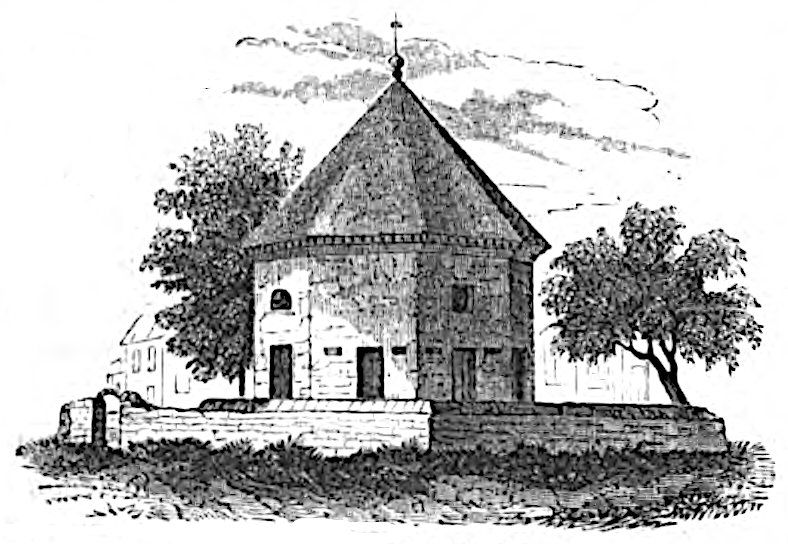
the wall surrounding the Powder Magazine, as drawn in the 1850's, was not 10' high
Source: Benson J. Lossing, The pictorial field-book of the revolution (p.470)
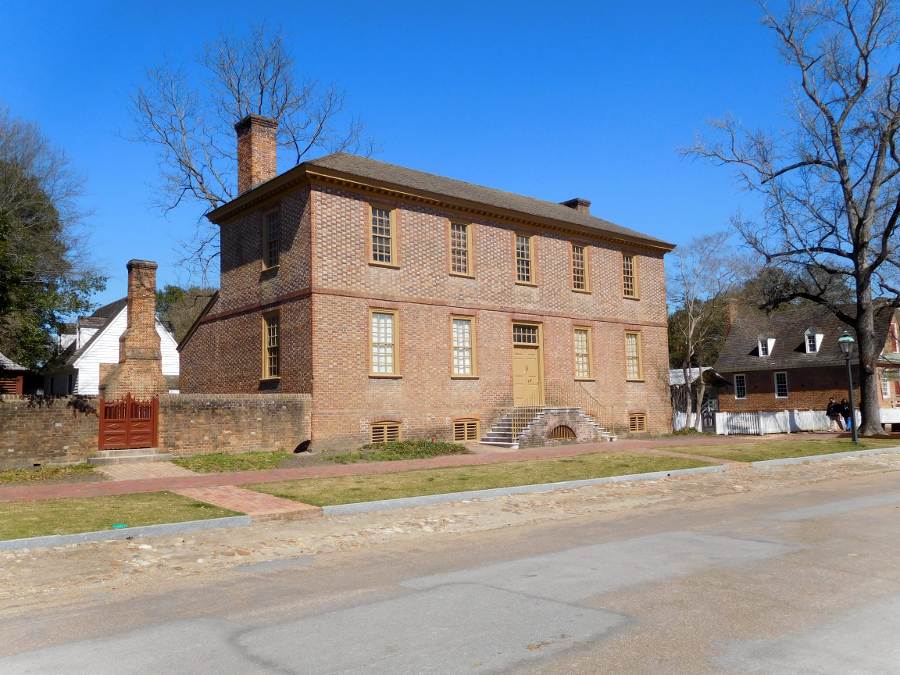
the Ludwell-Paradise House was the first structure acquired by Rev. W. A. R. Goodwin, using funds from "David's father"
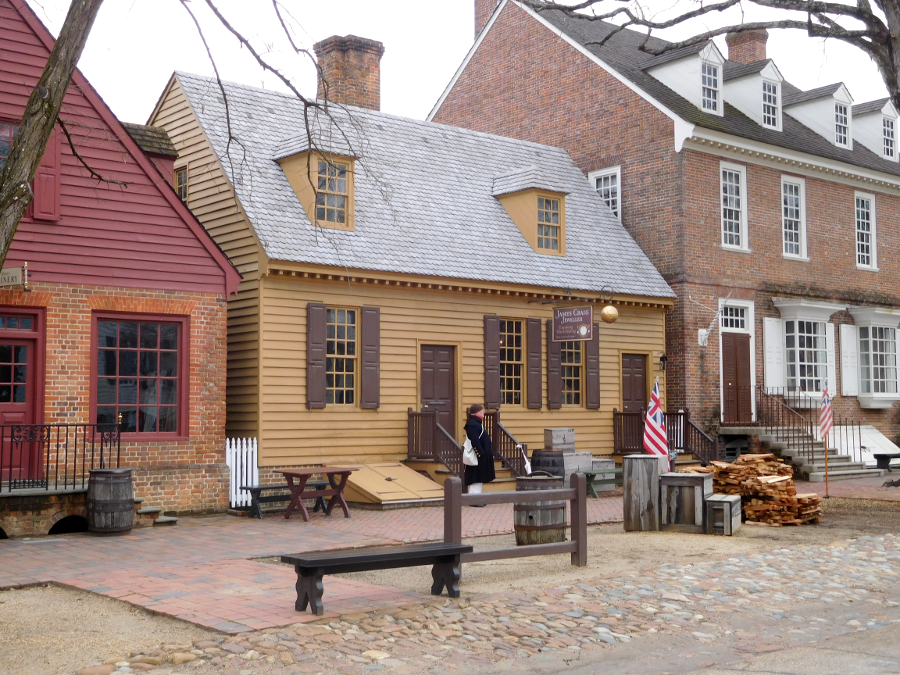
Colonial Williamsburg places a flag outside restored structures to indicate historic interpreters are available for interaction with the public at that particular site
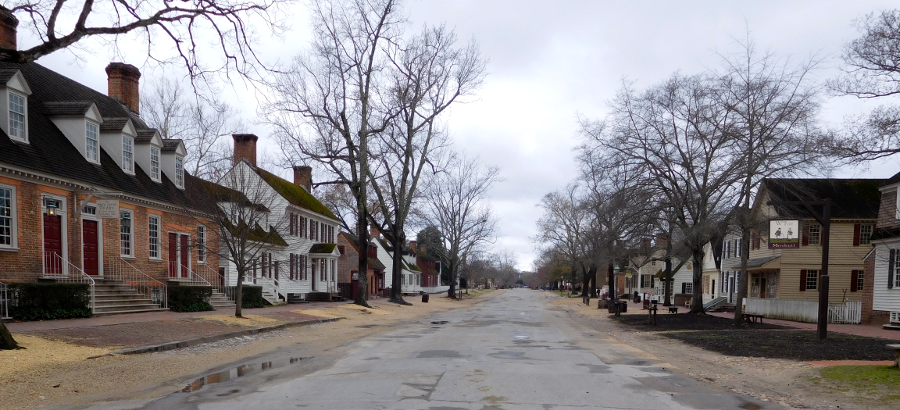
tourism is seasonal in Virginia - on cold winter days, Duke of Gloucester Street can be deserted
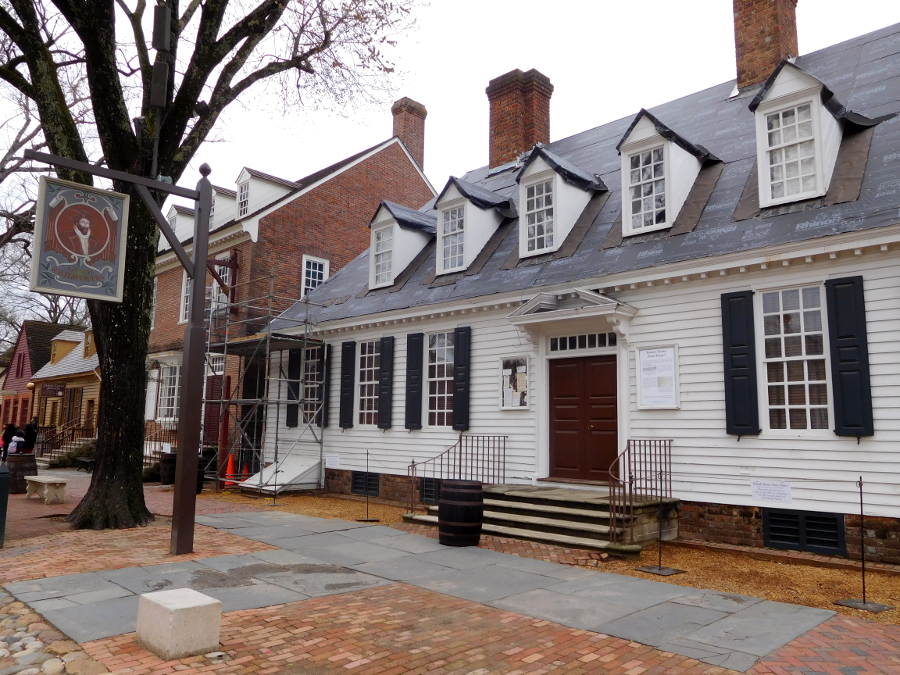
after determining through research that Raleigh Tavern had a front porch in 1775, Colonial Williamsburg added it (and replaced the roof shingles) in 2017
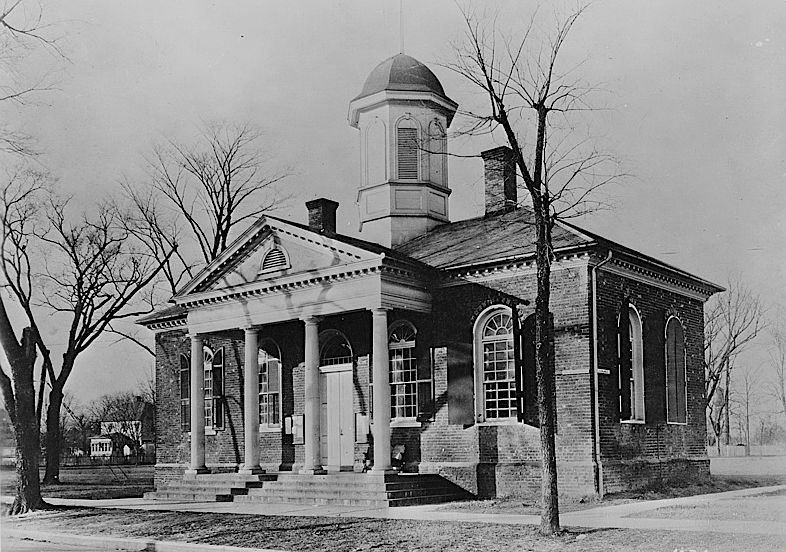
the James City County courthouse had columns, before restoration to its 1776 appearance
Source: Library of Congress, Williamsburg, Virginia. The capitol of the Virginia colony during the eighteenth century which was reconstructed and restored to its original state by John D. Rockefeller Jr.
Links
References
1. Philip Levy, "A New Look at an Old Wall: Indians, Englishmen, Landscape, and the 1634 Palisade at Middle Plantation," Virginia Magazine of History and Biography, vol. 112, no. 3 (2004), https://www.jstor.org/stable/4250194 (last checked January 26, 2024)
2. Katherine Gruber, "Williamsburg during the Colonial Period," Encyclopedia Virginia, December 7, 2020, https://encyclopediavirginia.org/entries/williamsburg-during-the-colonial-period (last checked January 26, 2024)
3. "History of the Restoration," Colonial Williamsburg, https://research.colonialwilliamsburg.org/Foundation/general/introhis.cfm; "History of City Government," City of Williamsburg," https://www.williamsburgva.gov/490/History-of-City-Government (last checked January 26, 2024)
4. "History of the Restoration," Colonial Williamsburg, https://research.colonialwilliamsburg.org/Foundation/general/introhis.cfm (last checked January 26, 2024)
5. "Colonial Williamsburg's Powder Magazine is getting a new look - much closer to its original," Virginia Gazette, January 20, 2024, https://www.dailypress.com/2024/01/20/cw-powder-magazines-new-look-will-be-more-like-its-old-one/; "How High and How Strong? Solving the Riddle of the Powder Magazine Perimeter Wall," Colonial Williamsburg, December 12, 2023, https://www.colonialwilliamsburg.org/learn/deep-dives/powder-magazine-perimeter-wall/ (last checked February 20, 2024)
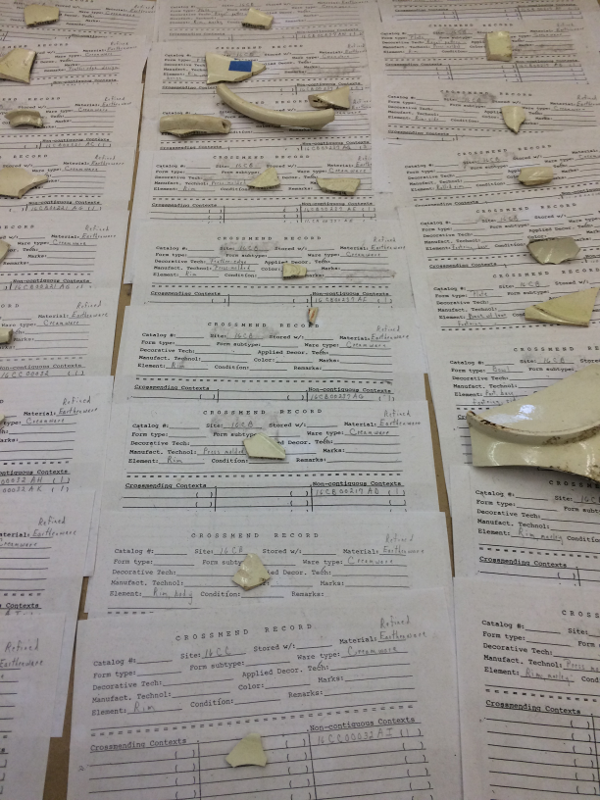
Colonial Williamsburg archeologists document excavated artifacts, such as pottery sherds, to determine how different sites were used at different times
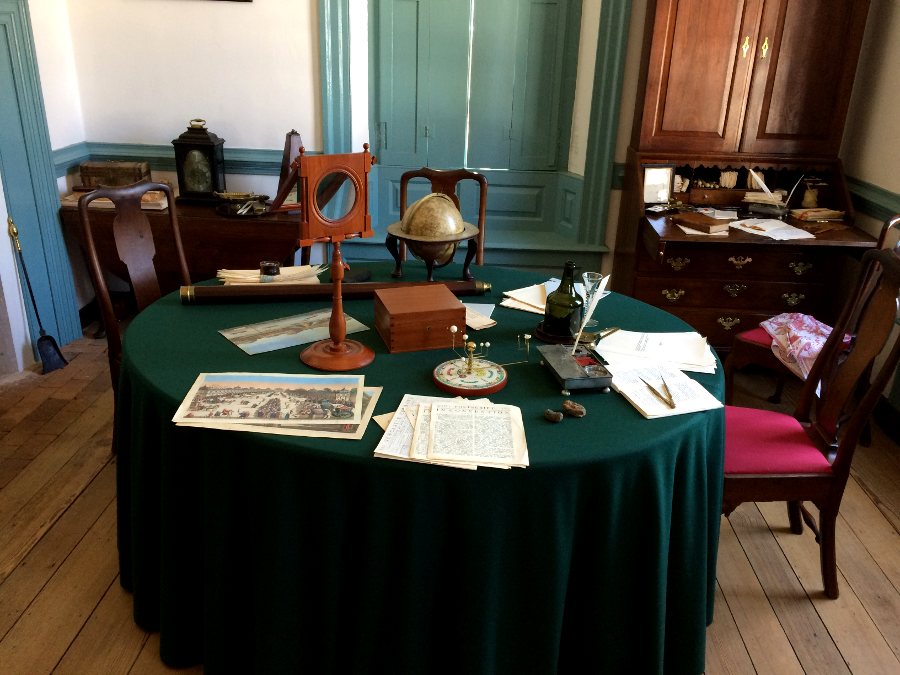
Colonial Williamsburg displays how the wealthy white residents of Williamsburg, such as George Wythe, lived in the 1770's
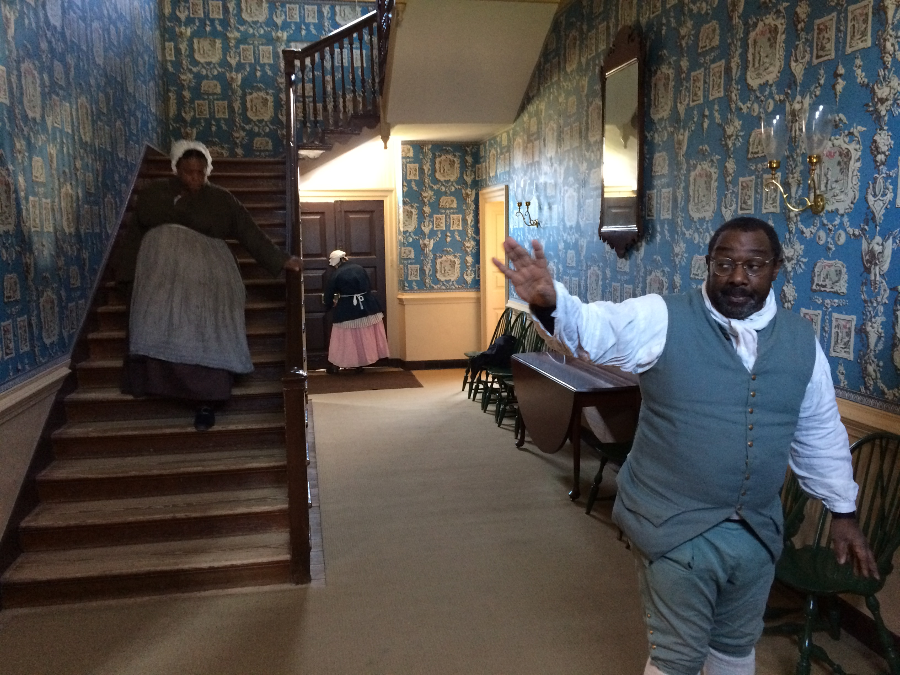
interpretation at the Wythe House includes discussions of the 14 slaves who lived on the property in Williamsburg
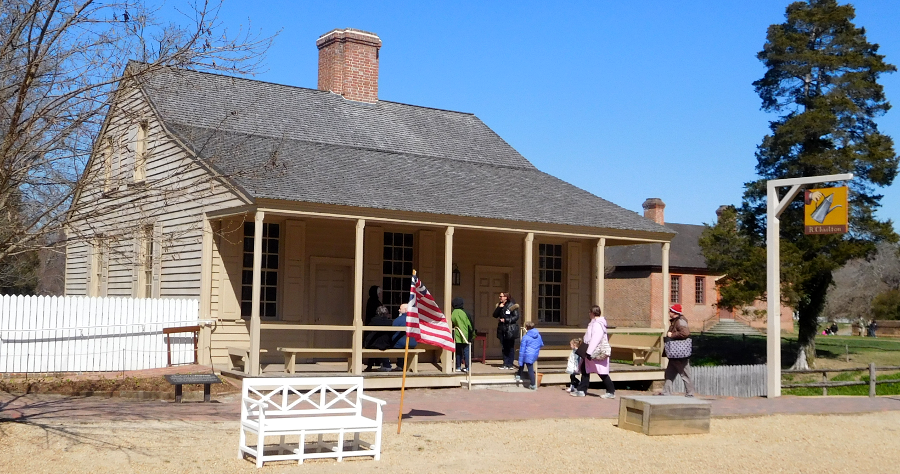
reconstruction of the Charleton Coffeehouse required moving the house owned by the Armistead sisters
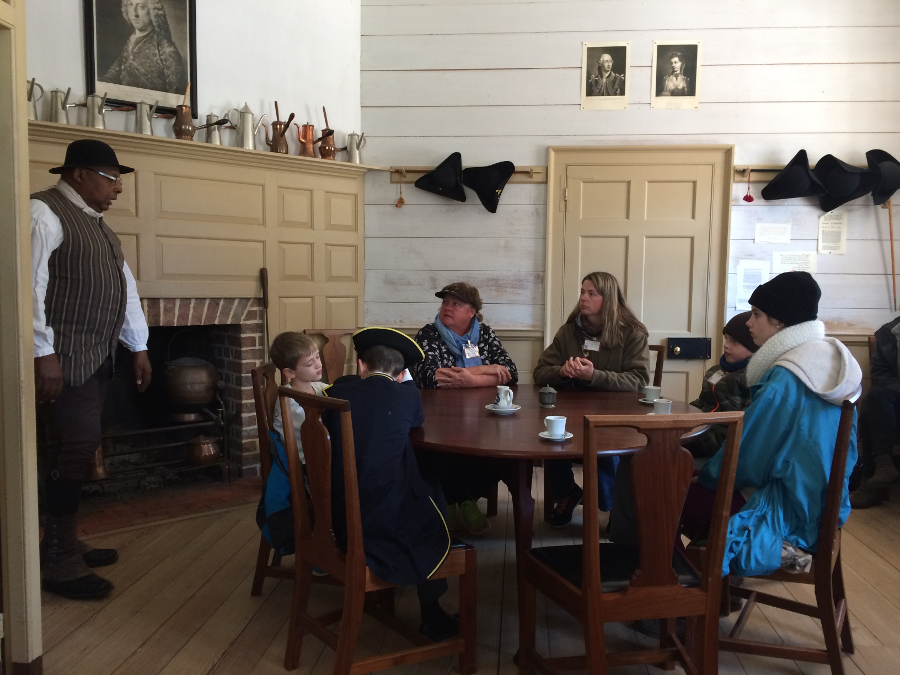
the Charleton Coffeehouse tours include coffee, tea, or chocolate

Colonial Williamsburg displays how the wealthy white residents of Williamsburg, such as George Wythe, lived in the 1770's
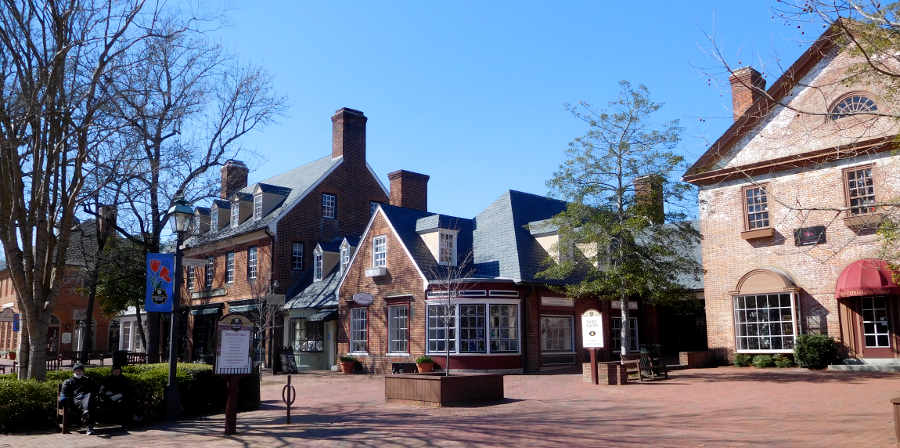
revenue from commercial leases at Merchants Square helps to fund Colonial Williamsburg
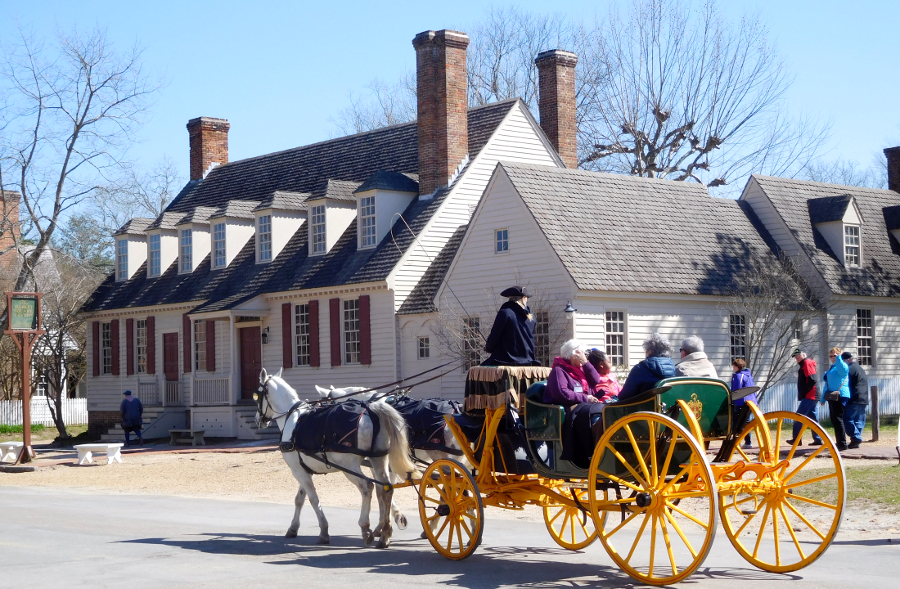
Colonial Williamsburg operates all year, with carriage rides and interpretive services throughout the winter
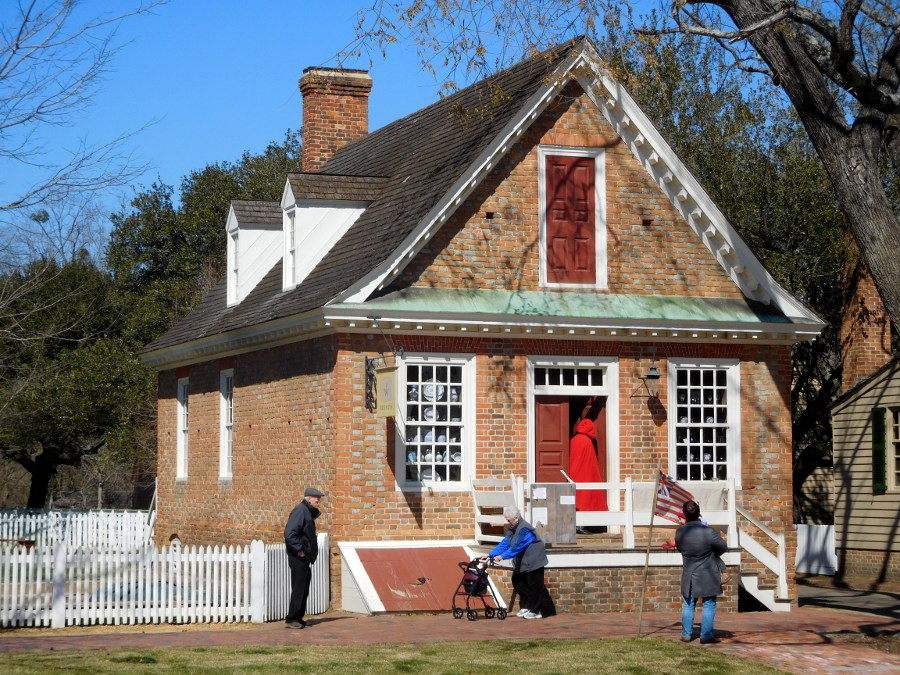
the Prentis Store at Colonial Williamsburg
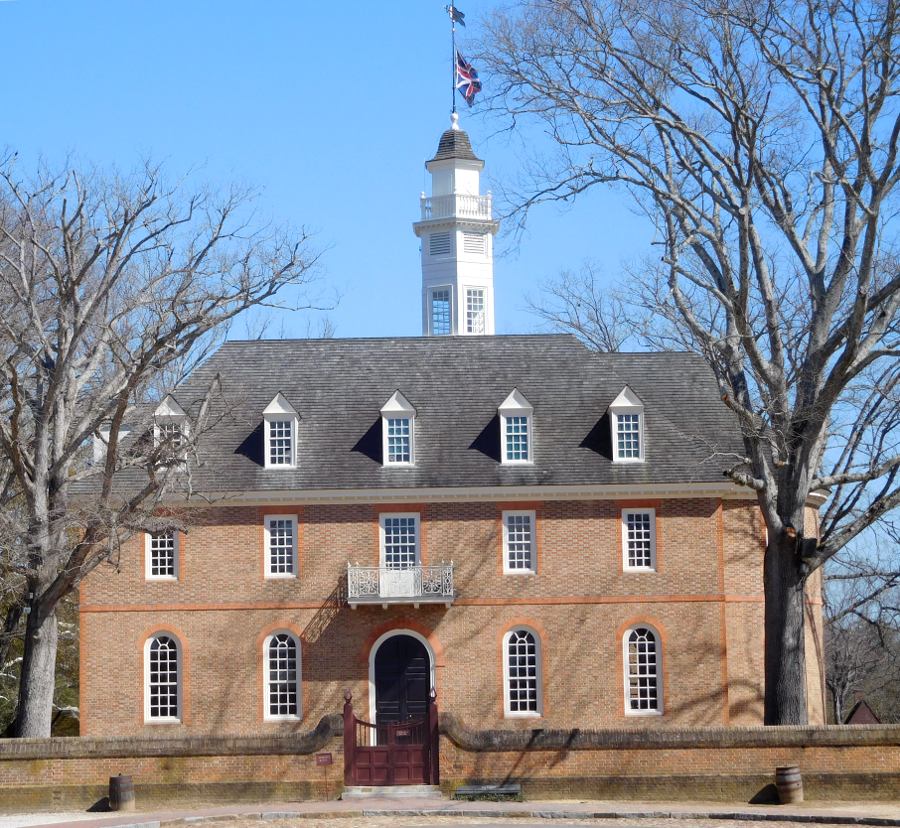
Colonial Williamsburg reconstructed the Capitol that burned in 1747, not the replacement building that was used at the start of the American Revolution
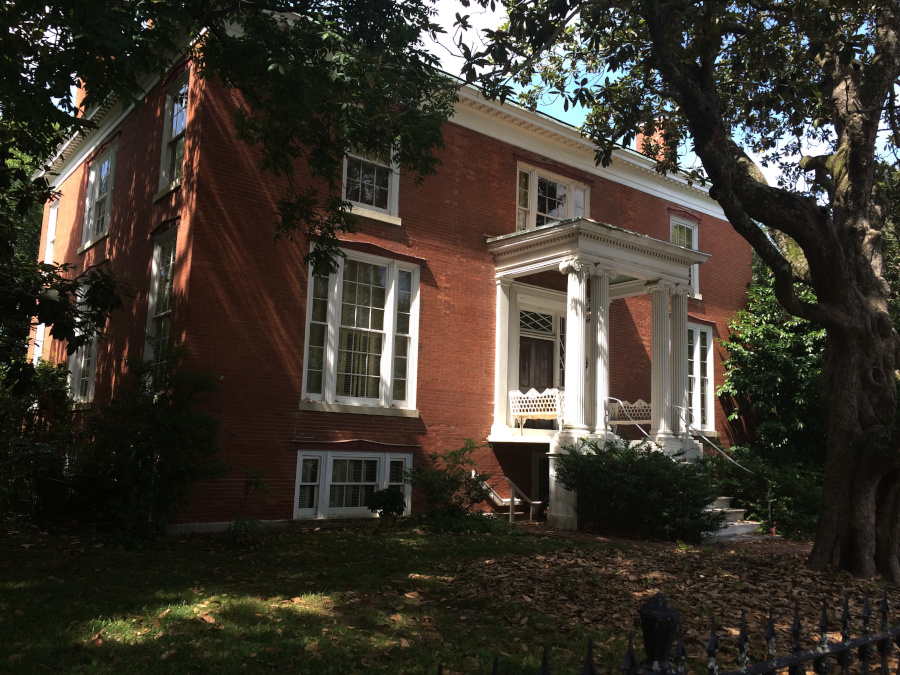
not every site on Duke of Gloucester Street was restored or converted to its appearance during the colonial time period
Parks, Forests, Tourism in Virginia
Virginia Places
















